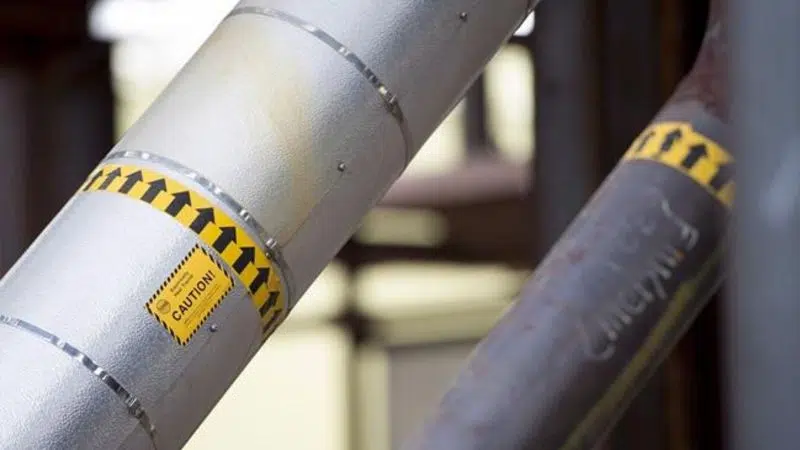
New natural-gas power plants to pay carbon tax on all emissions by 2030
OTTAWA — The federal government is increasing the carbon tax on new natural-gas plants to discourage power companies from building them.
The change is part of final regulations for the government’s carbon-tax system for big industrial greenhouse-gas emitters which were released Friday.
It means any natural gas plant that starts operating after 2021 will have to pay the carbon price on a higher portion of its emissions each year until 2030, when it will pay the price on all emissions.
The big-emitters program, known officially as the “output-based pricing system,” affects businesses that produce more than 50,000 tonnes of greenhouse gases a year, the equivalent of about 10,000 cars’ emissions.


